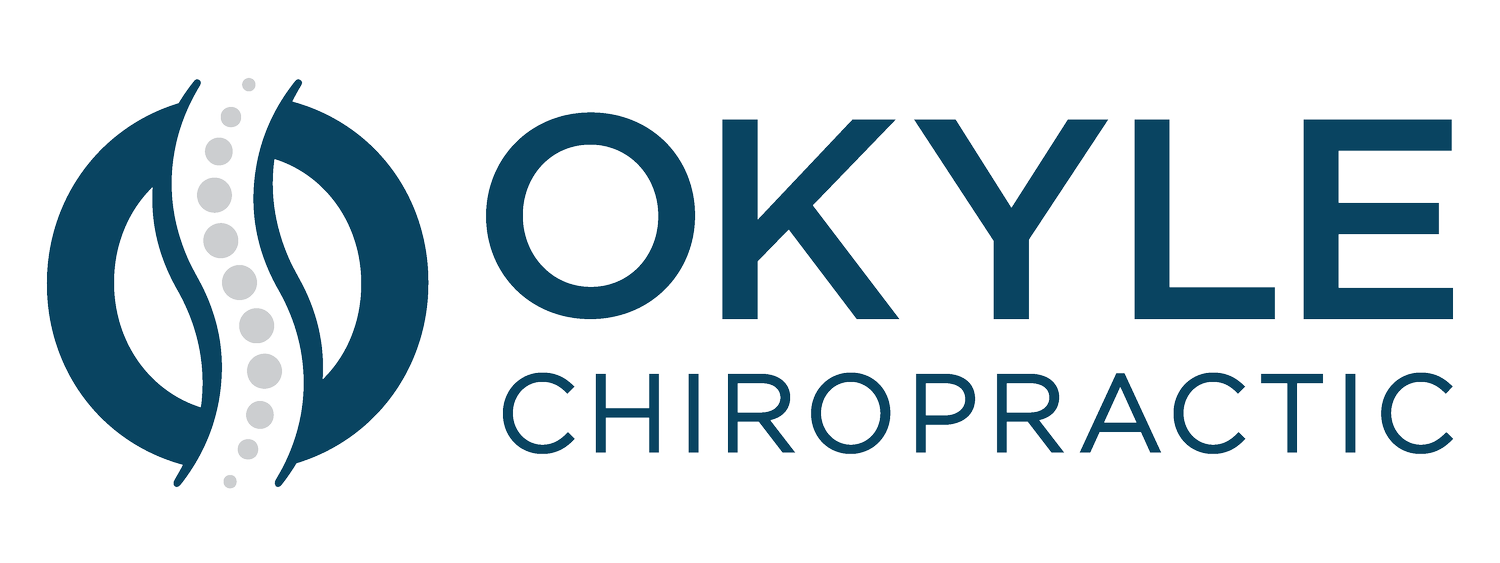7 EVERYDAY HABITS THAT ARE WRECKING YOUR POSTURE - AND HOW TO FIX THEM
One of the most common issues I see in my office is poor posture or complications that stem from poor posture. It’s a silent culprit behind many cases of back pain, neck stiffness, headaches, and even fatigue. What surprises most patients is how everyday habits — things we all do without a second thought — are contributing to the problem. The good news? Awareness is the first step toward change.
Here are 7 common posture-wrecking habits — and practical ways to fix them.
1. Texting with Your Head Down (“Text Neck”)
The Problem: When you tilt your head forward to check your phone, it increases the load on your neck. Even a 15-degree tilt can feel like your neck is supporting 27 pounds.
The Fix:
Hold your phone at eye level
Use voice-to-text to limit typing
Take posture breaks every 15–20 minutes to stretch your neck and shoulders
2. Poor Desk Ergonomics
The Problem: Slumping over a laptop or sitting too low in your chair can stress your spine and shorten your hip flexors over time.
The Fix:
Keep your monitor at eye level and about an arm’s length away
Sit with your feet flat on the floor, knees at 90 degrees, and hips slightly higher than your knees
Use a lumbar support or a small pillow behind your lower back to support the natural curve in the low back
3. Slouching on the Couch
The Problem: Sinking into a couch with no back or neck support encourages your spine to curve unnaturally.
The Fix:
Sit upright with your back supported by a firm pillow when your head in a neutral position looking forward
Try lying flat on your back on the floor with your legs up on the couch for a few minutes — this can help reset your spine
4. Driving with Bad Form
The Problem: Most drivers lean forward or recline too far back, which places strain on the neck and lower back.
The Fix:
Sit close enough to the wheel so your elbows are slightly bent
Adjust your seat so your hips and knees are level
Keep your head against the headrest and avoid craning your neck forward. The best way to think about the correct head posture is trying to keep your ears in line with your shoulders.
5. Sleeping on Unsupportive Pillows or Mattresses
The Problem: An old mattress or an overstuffed pillow can misalign your neck and spine for 7–9 hours each night.
The Fix:
Choose a medium-firm mattress that supports your spine’s natural curves
Use a pillow that keeps your neck aligned — typically thinner for back sleepers, thicker for side sleepers
Avoid stomach sleeping if possible; it twists your neck and flattens your spine which will cause both neck and low back issues overtime
6. Carrying Heavy Bags on One Side
The Problem: Tote bags, purses, or backpacks slung over one shoulder throw off your spine’s balance, leading to asymmetrical muscle strain.
The Fix:
Use a backpack with two straps and wear it properly
Lighten your load by removing non-essentials
Switch shoulders frequently if you must carry a one-strap bag
7. Sitting Too Long Without Movement
The Problem: Sitting still for long periods tightens your hip flexors, weakens your core, and deactivates postural muscles.
The Fix:
Stand up and move every 30 minutes — even brief movement helps
Try a sit-stand desk if possible
Incorporate core-strengthening and stretching exercises into your daily routine
Posture isn’t just about standing tall — it’s about how you move, sit, sleep, and carry yourself throughout the day. The little things add up, and with small changes, you can dramatically improve how your body feels and functions. If you’re noticing aches, stiffness, or fatigue, let’s take a closer look.
Any questions? Feel free to reach out to our office via phone or text: (310) 880-9663. Happy healing!
Disclaimer: The information provided on this chiropractic blog is for general informational purposes only and is not intended as a substitute for professional medical advice, diagnosis, or treatment. Always seek the advice of your physician or another qualified health provider with any questions you may have regarding a medical condition. Never disregard professional medical advice or delay in seeking it because of something you have read on this blog. If you think you may have a medical emergency, call your doctor or 911 immediately. Reliance on any information provided by this blog is solely at your own risk.
